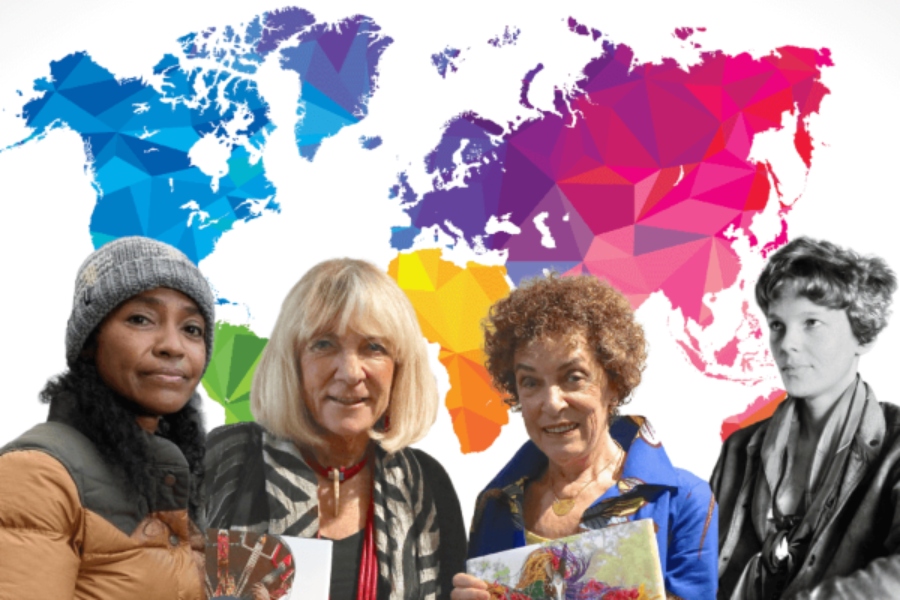I used to love to run. In the mornings, I’d pull on tights, a running bra, and a T-shirt, and head out, sometimes while the sky was still dark, stepping carefully until the sun began to peek over the horizon. My body warmed along with the day, and the anticipation of my body in motion, feeling well-oiled, loose, and smooth, was enough to spur me out of bed.
Other days, I’d head to the nearby Y after a long day, using a run on the treadmill as a break between work and the rest of the evening. Sometimes I felt stiff and sore from sitting most of the day, but as the minutes passed, the stressors of the day sweated away, and I left feeling energized, even accomplished.
That feels like a long time ago. I no longer love to run. Now I love having run.
Greeting the Day Now
I force myself out of bed weekday mornings, pee, drink a glass of water, feed my cat and dog and take the latter outside on the leash while I slurp down some coffee, waiting for the caffeine to take hold. My brain is already trying to talk me out of running. I’m not looking forward to the sense of effort, to the twinges that remind my body is now middle-aged, to feeling short of breath just a few minutes in.
I run for the feeling that comes after.
I manage to pull on my gear and drive to the Y, where I step on a treadmill, which I put at a much slower pace than 20 or 30 years ago, set the TV to the Weather Channel and listen to 80s alternative rock while I slog out two or three miles. The surface of the treadmill is more forgiving to my 56-year-old knees than the pavement, and I don’t have to worry about distracted drivers or loose dogs or broken concrete that might trip me.
I no longer run to burn calories or because I’m training for an upcoming 10K or because it feels so good to move my body. I’m running for the mental release. On mornings when I wake up overwhelmed by the pressures of the everyday or simply down and dragging, it reboots me. It’s the most effective way of easing anxiety, of lifting my mood, of resetting myself.
I run for the feeling that comes after. Even if I feel achy or tired on the treadmill, I leave with a lighter mood, the belief I can handle whatever the day will bring, an appreciation that my aging, creaky body can still settle into the rhythm of the run even while I’m counting down the minutes until it’s over.
Read More: Not Too Late: Getting in the Best Shape of Your Life After 50
How to Keep Moving
There’s a difference between doing something that feels good, and something that makes you feels good after. Nobody loves a funeral. But afterwards, you’re grateful you went. Grateful to be able to hug someone you care about, to express some awkward-but-well-intended words of comfort, to attempt to lighten the burden of grief.
By the time you reach midlife, you realize that showing up is what matters.
Or you spend hours going over algebra homework with your teenaged daughter, annoyed that it’s one more must-do on your to-do list, and then she comes home, glowing, to tell you that she got an A on her test. And you’re grateful. For the chance to show up for her.
Because by the time you reach midlife, you realize that showing up is what matters, even when you’re tired, and overwhelmed, and resentful. You show up anyway. For your partner. For your kids. For your friends. For the world. And hopefully, when you remember to, for yourself.
I remind myself of that on the mornings it’s difficult to drag myself out of bed. That one day running, even walking, may be outside my ability. That I’m taking care of my body and mind, that I’m investing in feeling better today, and hopefully my health tomorrow. That showing up sometimes means doing what I don’t want to do.
I may not love to run anymore. But every morning I do, I’m grateful that I can. And that I did.
Read More: Recovering From the Lockdown Lull: How I Got My Ass Back in Gear After COVID






















0 Comments